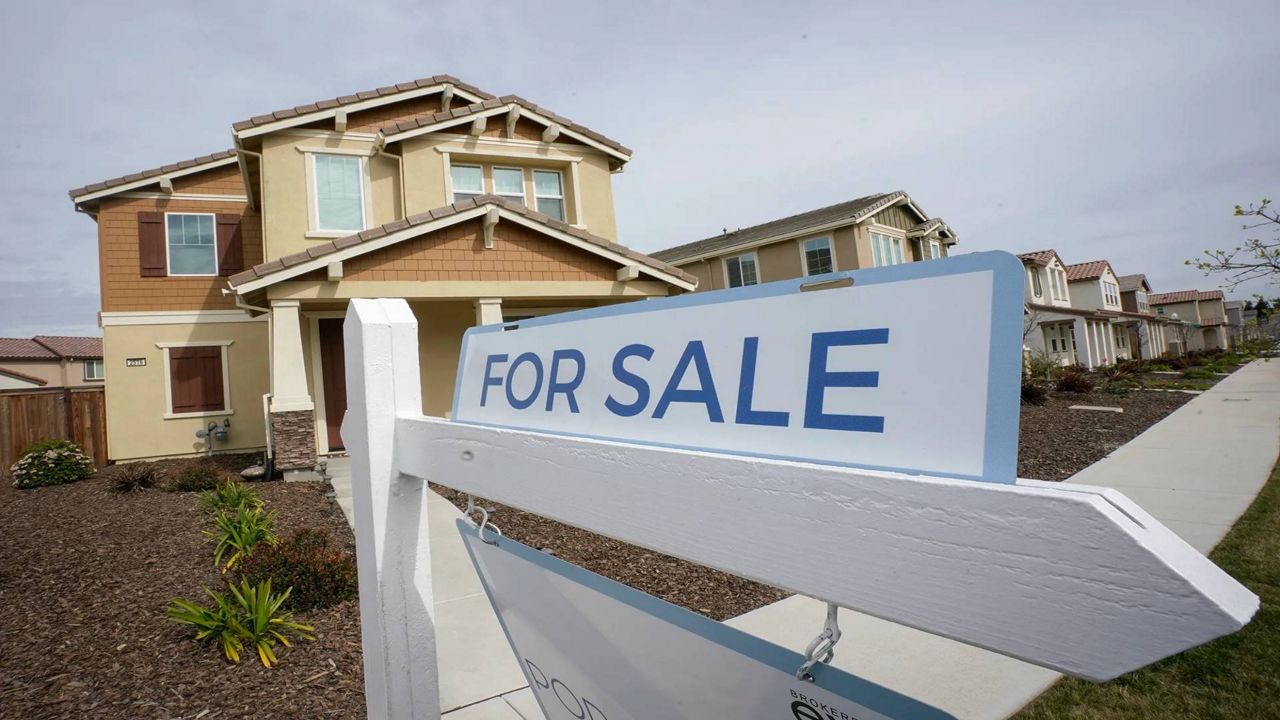More Millennials and Gen Z-ers are living at home compared with older generations at the same age. According to a new study from RentCafe.com, 20% of 27- to 42-year-olds and 68% of adult Gen Z-ers, age 18 to 26, live with family members.
The study found that 47% of Millennials and 41% of Gen Z-ers think they will be living with other family members for at least another two years. Many expect to live in a shared household even longer: 14% of Millennials and 6% of Gen Z-ers expect to live with family members for at least a decade.
Members of both generations who work in food services, construction, retail or education are more likely to live in a multigenerational household.
The numbers of Millennials and Gen Z-ers living with family in adulthood is higher than it was for Baby Boomers (18%) and Gen Xers (17%) at age 22.
What’s making many adults stay with their parents is “varied,” according to the study, though “it mainly boils down to either financial- or health-related circumstances.”
Younger generations want to save money on childcare, utility bills or rent, the survey said, though some may be staying home to care for family.
Because of its high cost of living, Los Angeles has the largest percentage of Millennials living with family members, at 35%. Riverside, Calif. (35%); New York (28%); Baltimore, Md. (27%); and Buffalo, N.Y. (26%), rounded out the top five.
Raleigh, N.C. topped the list with the largest percentage of Gen Z-ers living with family members, at 87%. Riverside, Calif. (85%); Providence, R.I. (84%); Washington, D.C. (81%); and Los Angeles (81%) rounded out the top five.
Some major metropolitan areas have, however, seen declines in the number of Millennials and Gen Z-ers living with family. In Cincinnati, Ohio, 67% fewer Millennials live at home in 2023 compared with five years ago. In Milwaukee, Wis., 62% fewer Gen Z-ers live at home compared with prior to the pandemic.
For its study, RentCafe used data from the University of Minnesota’s Integrated Public Use Microdata Series to determine how many individuals were living in multigenerational households in 260 metropolitan areas, comparing numbers from 2018 and 2022.



